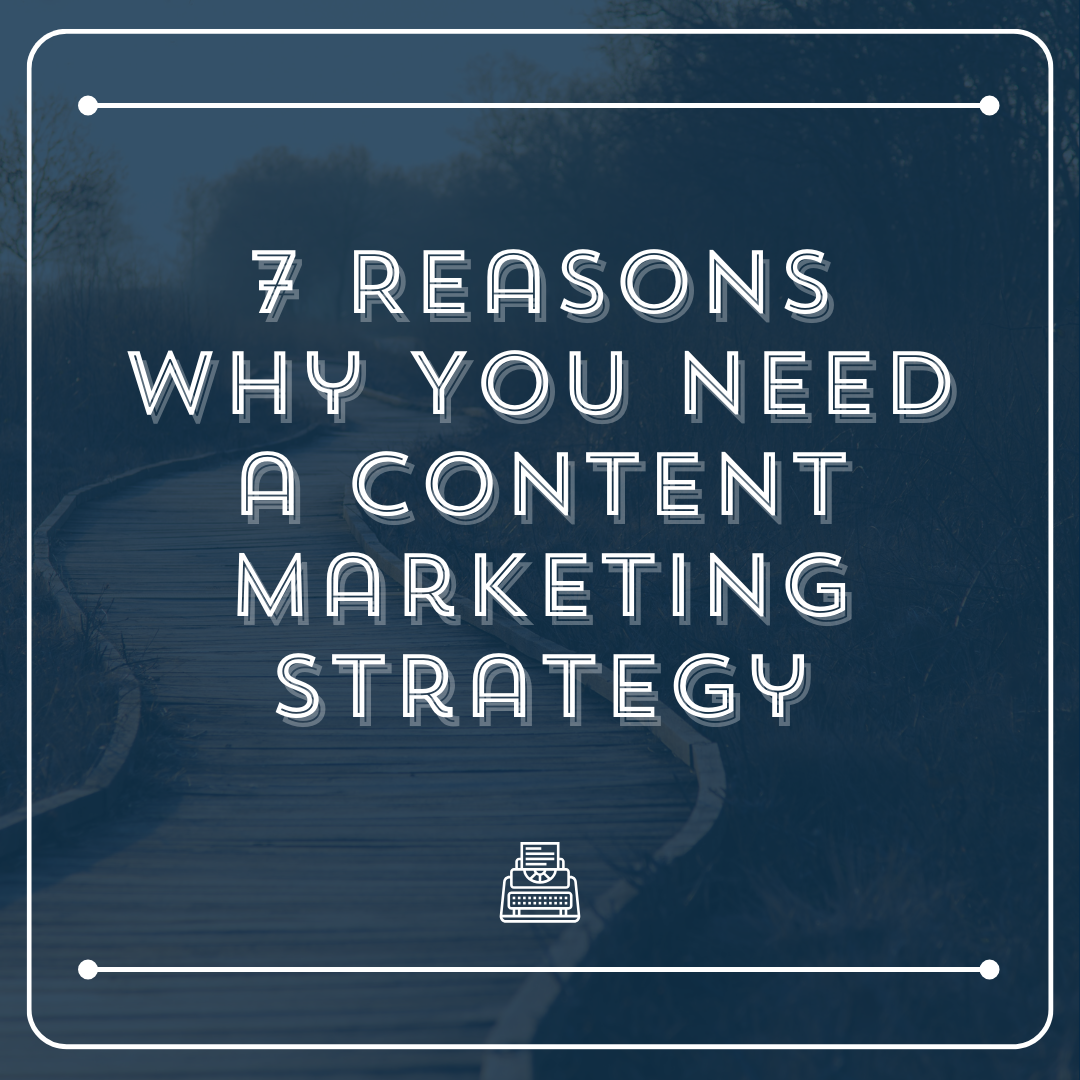7 Reasons Why You Need a Content Marketing Strategy
According to Content Marketing Institute’s surveys from 2023 and 2024, 71% of B2B marketers say content marketing has become more important to their organization in the last year. When it comes to impact, 84% say content marketing creates brand awareness and 76% say it generates leads.
However, only 29% say they consider their organizations extremely or very successful with content marketing. That may be because only 40% have a documented content marketing strategy.
A content strategy is a plan for creating and distributing content. I’ve developed a number of content strategies over the years (some more developed than others!) and the more thorough you can be with your content strategy, the easier it is to execute and measure your efforts while saving time and stress.
Here are seven reasons why you need a content marketing strategy today.
1. So you know WHO you’re posting to
Any conversation about content always starts with who your audience is. Ideally, you’ve already determined who your ideal customer profile (ICP) is and created an avatar of your target customer. Your content strategy should be built around who that audience is, their pain points, and the solutions they’re looking for. Your content strategy should also be built around what you want your audience to do. For example, are you creating content to attract your ICP and build awareness of who you are? Or are you creating content to take them the last mile into a sale?
2. So you know WHAT to post
The biggest initiative a content strategy addresses is what content to create and distribute. What content do you need to create for your audience? Do you need top-of-funnel blog posts? Do you need bottom-of-funnel case studies? Do you want to increase organic engagement through social media posts? Are you looking to rank with SEO-driven content? The step before this, of course, is identifying your content marketing goals and objectives so that you can plan out what you need and how to get it created and distributed.
3. So you know WHY you’re posting
A content marketing strategy also helps you understand why you’re creating and posting your specific pieces of content. A content strategy isn’t about tossing off content for content’s sake. Instead, ask why you’re creating a piece of content. Is it to build brand awareness or trust with your audience? Is it to teach them about a topic they don’t know about or explain a problem you have the solution to? Is it to get them to take action on learning more? Getting clear on why you’re creating pieces of content can help streamline your efforts and use your budget more efficiently as well.
4. So you know WHEN to post
Part of your content strategy is your content calendar, which allows you to plan out your content in advance across your channels. Content planning will help you project manage to make sure that content gets written on time. It also ensures that you have the right cadence to your content distribution so that you’re staying in front of eyes and top of mind with your customers on social media or through your newsletter. You can also time content to new product releases, around conferences, or to national holidays. Knowing when to post in advance saves you scrambling day-of to get something out as well.
5. So you know WHERE to post
Part of your content marketing strategy needs to include the channels you’re distributing content through, like your blog, social media, or newsletter. Do post on channels where your audience spends their time, and where you have a good record of engagement. Don’t post on channels that are no longer active just because “that’s what we’ve always done.” And don’t feel like you have to post on ALL channels all the time. Your content strategy should be strategic about delivering the right content to your audience through the right channel.
6. So you know WHAT to measure
All strategy is dead on arrival if you don’t have a plan for measuring it. There have always been questions about whether you can truly measure acquisition or engagement with your content, but I absolutely believe you can. Who’s engaging with your social media posts? How many link clicks are you getting? How much traffic are you getting to your website, and what’s your bounce rate? How many readers hit the CTA button at the bottom of your blog posts? Pinpoint a set of metrics you want to measure, measure them, and then make adjustments to your strategy according to the results and insights from the data.
7. So you know HOW you’re executing
Overall, your content strategy details your plan for execution: what type of content you need written, who’s writing it, your editorial process, where and when you’re posting that content, how you’re distributing it, how you’re measuring your success, and the steps you’ll take to iterate into the future.
An effective and impactful content strategy combines both writing high-quality content and a robust distribution plan. Obviously, there’s much more to elaborate on with this, but starting with the basics of why you should have a content strategy will put you on the right path going forward.
Are you looking to create that strategy, or to create high-quality content for that strategy? I can help!

